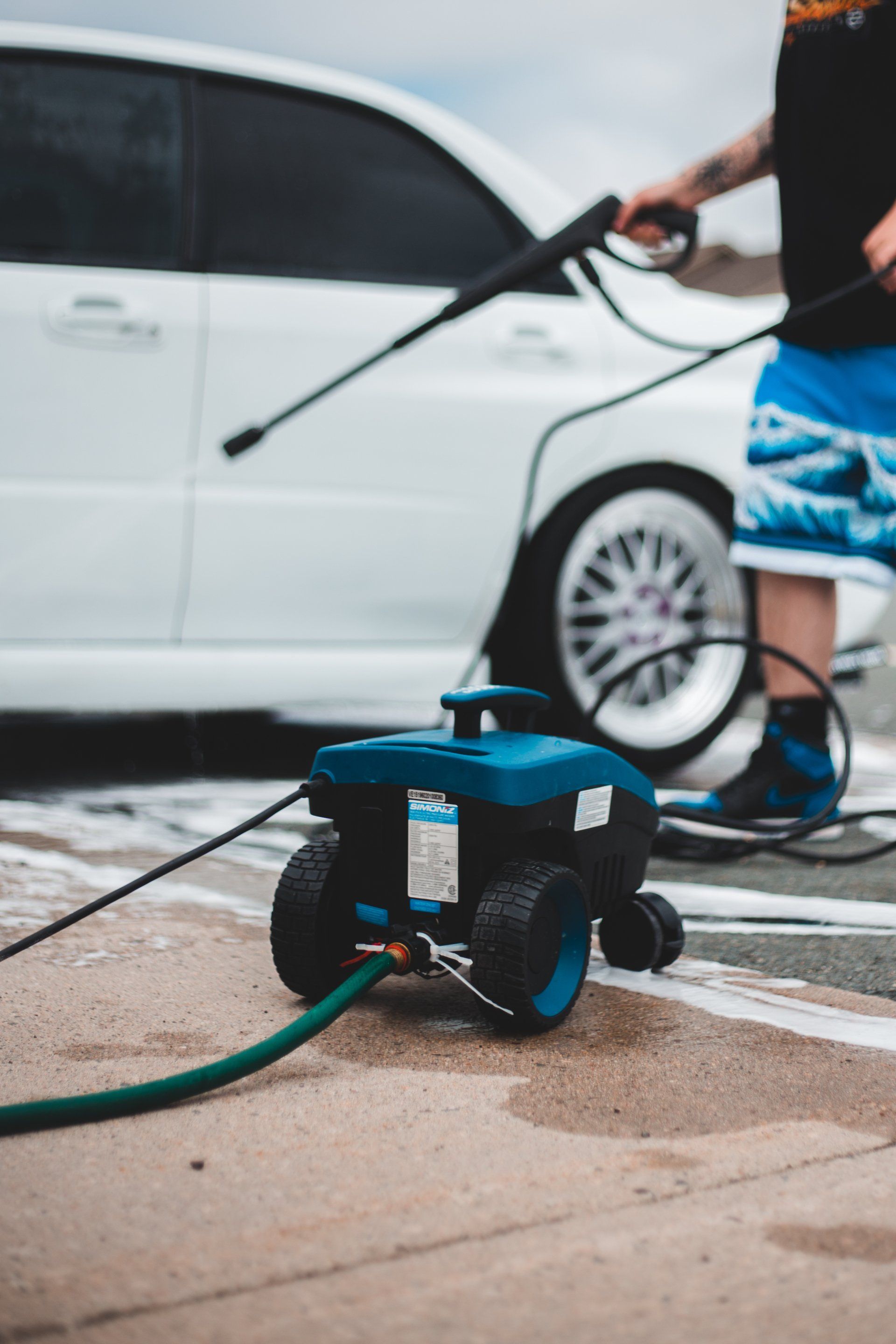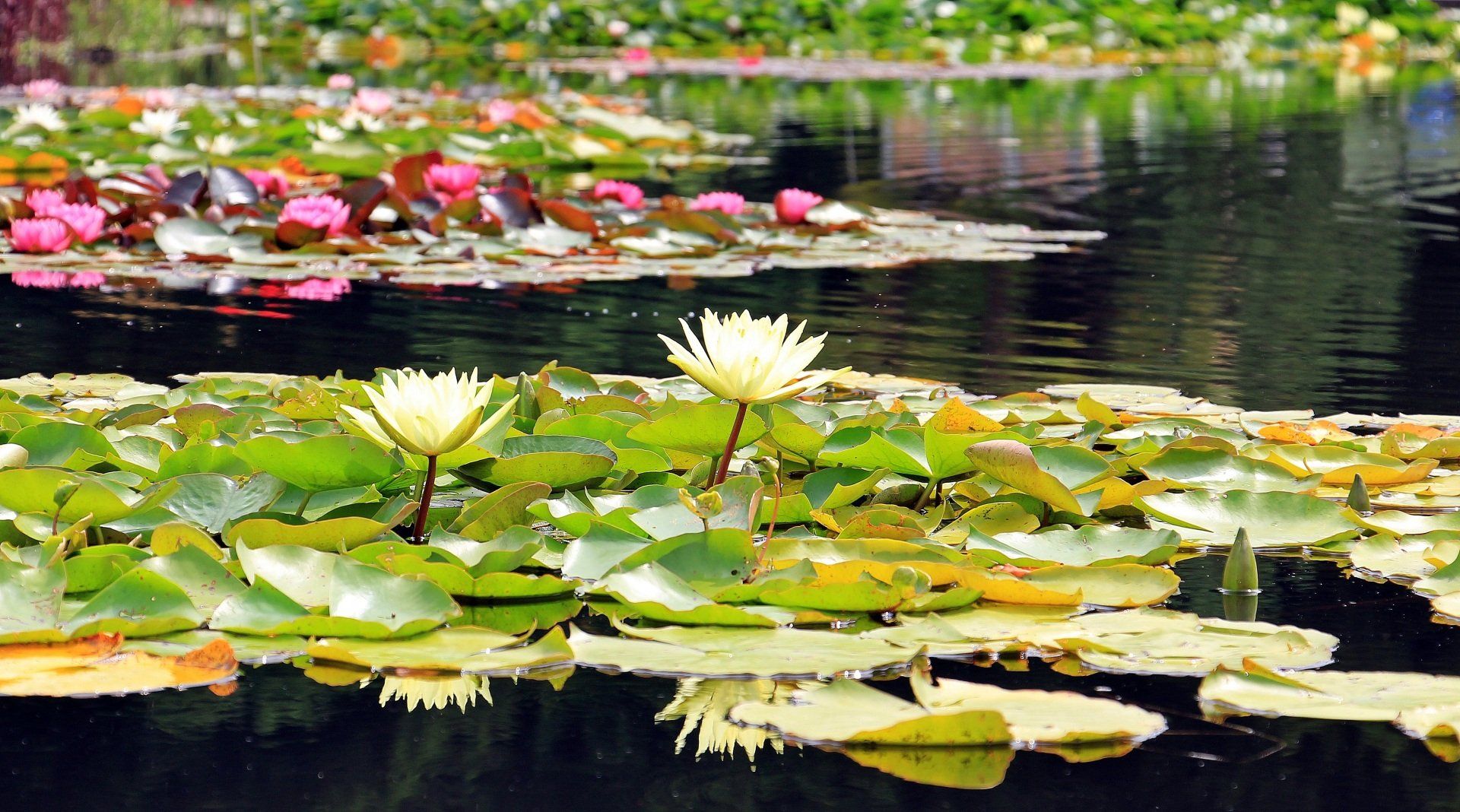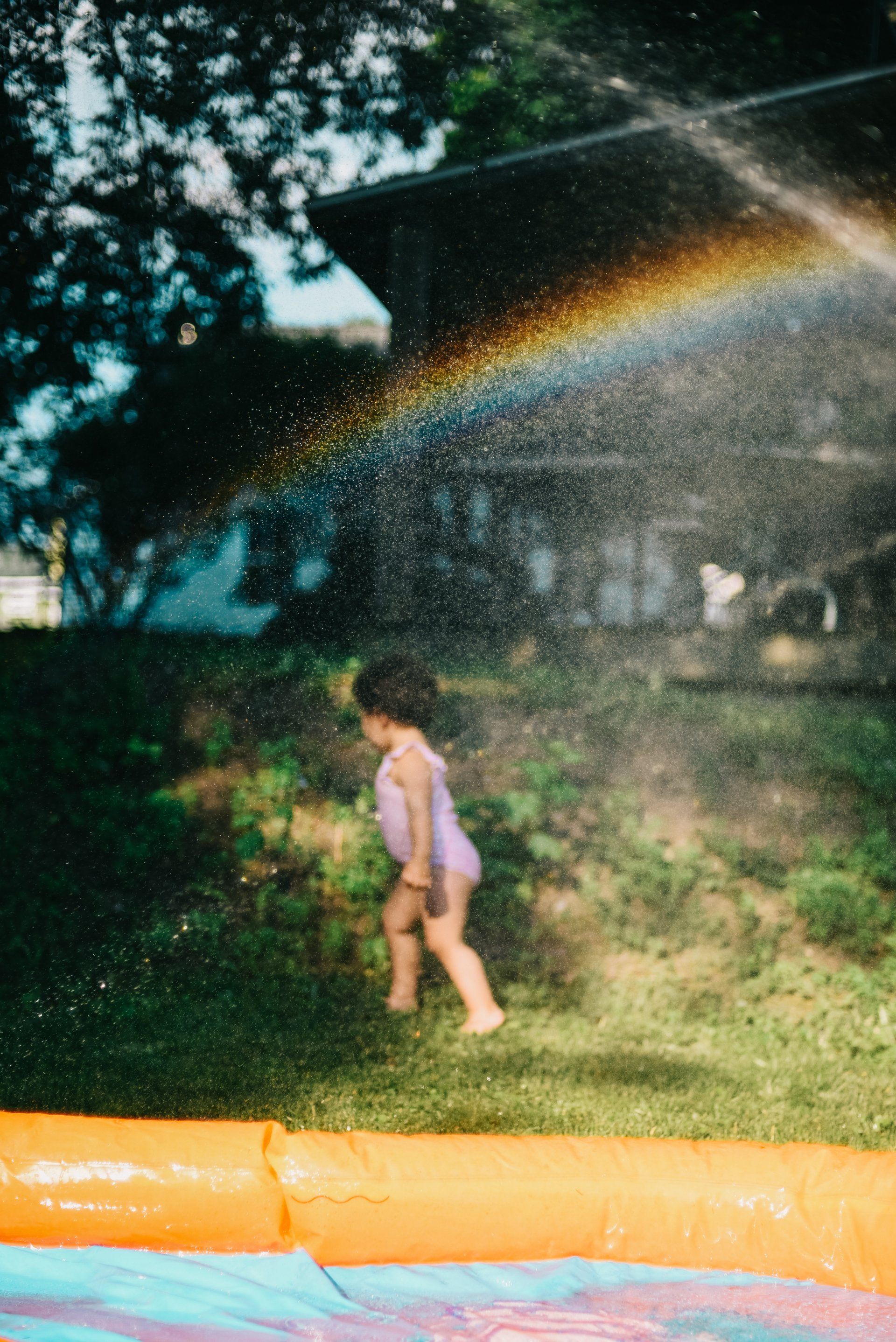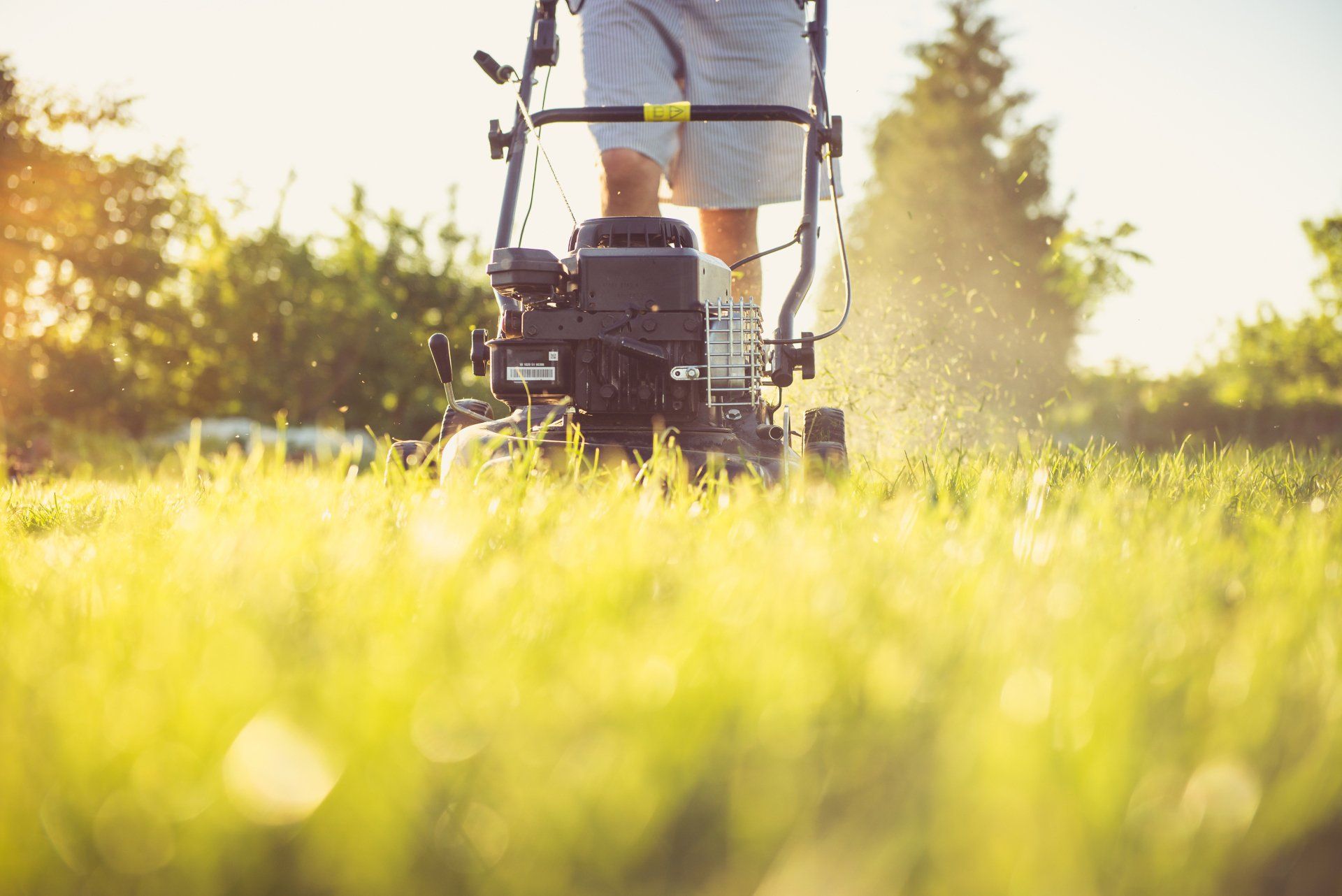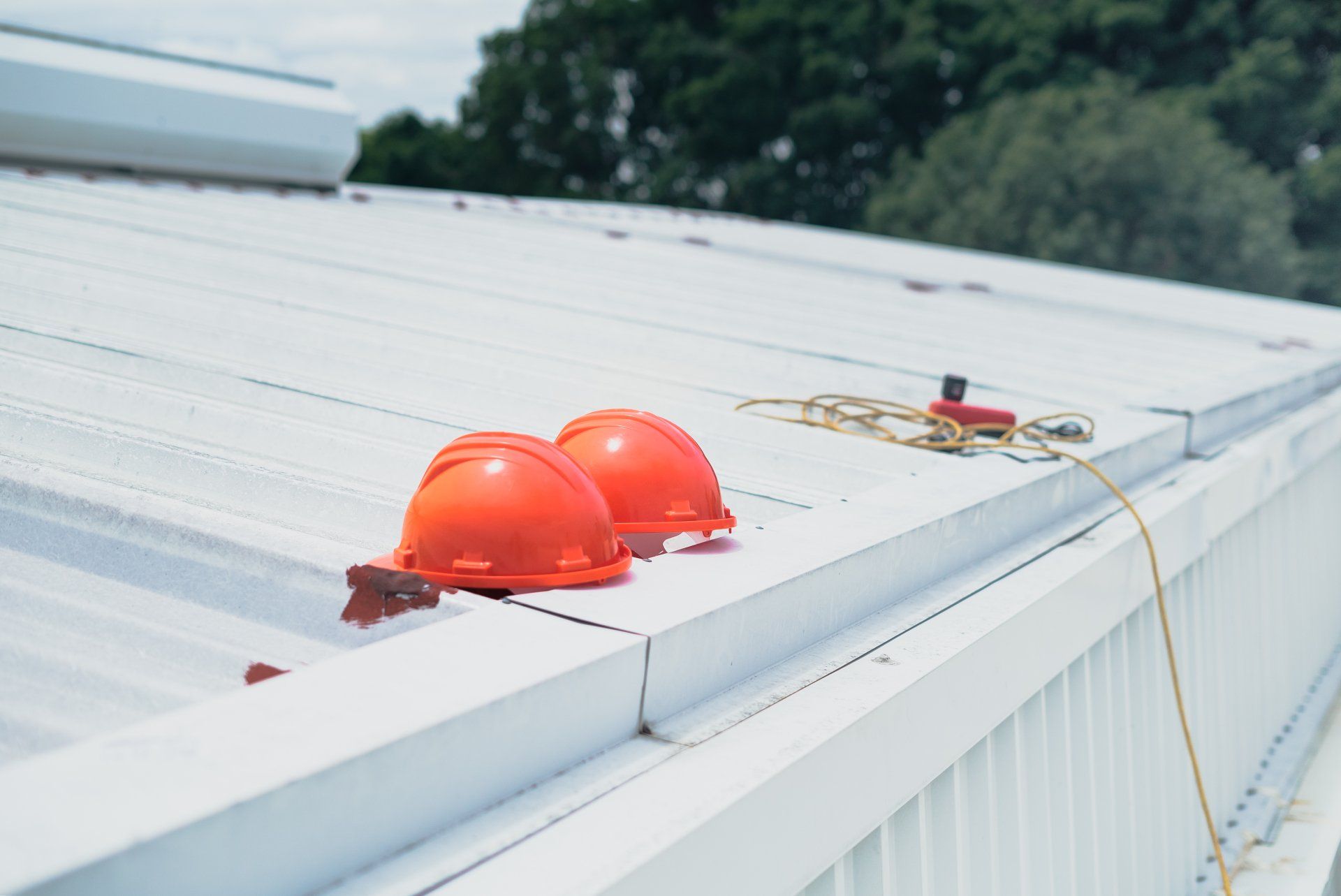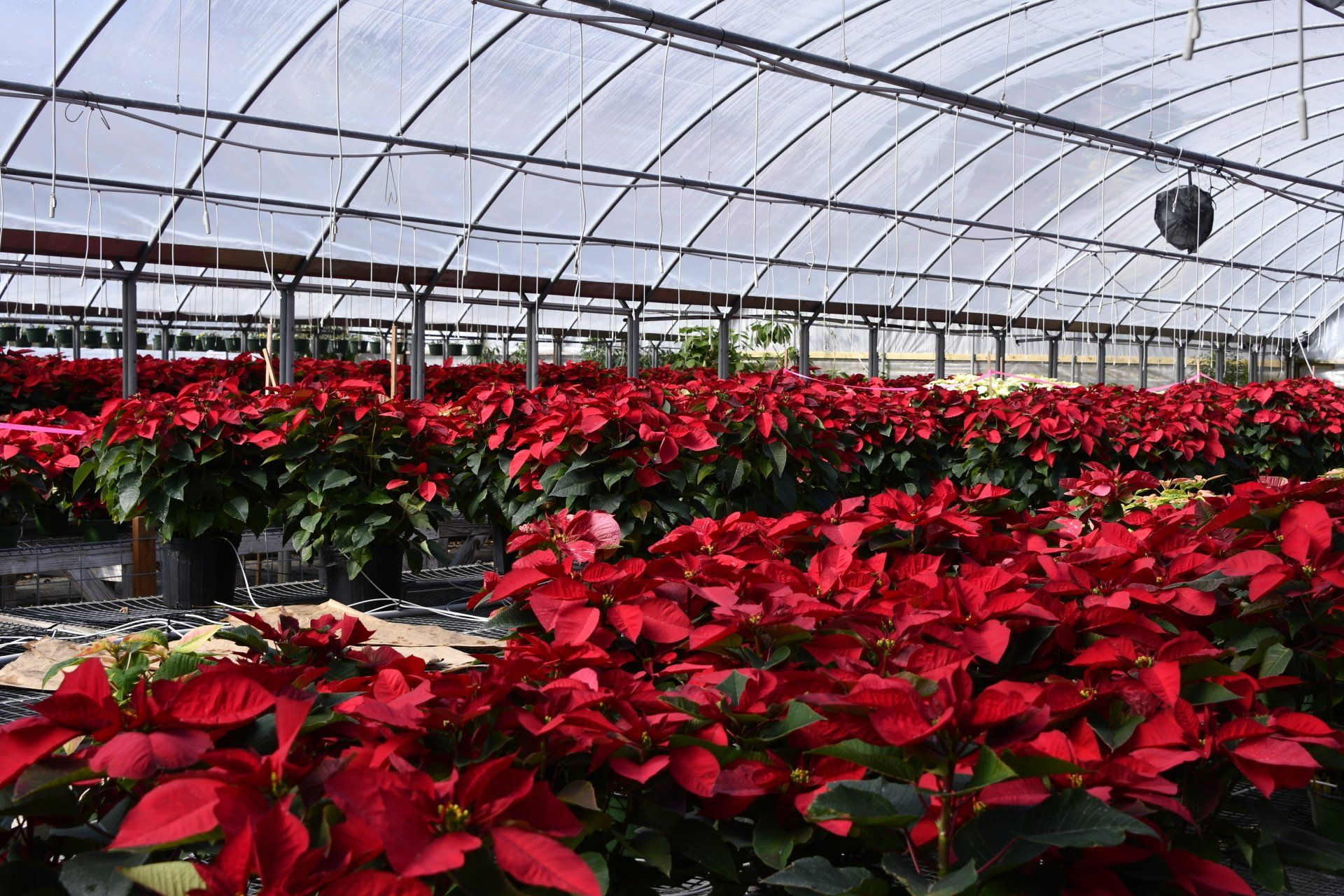Lawns: Best Times to Water Them
Lawns: Best Times to Water Them
Your lawn is dependent on sunlight, food, and water to survive. The best time to water your lawn is always the same, regardless of how the weather or soil conditions affect it. These tips will help you keep your lawn looking beautiful.
What is the best time of year to water your lawn?
It is important that your lawn receives enough water. But, it is also important to water it correctly. This will ensure that the lawn is able to absorb as much water as possible and prevent any potential disease or infestations. Your lawn will be at its best when you water it in the early hours of the morning before temperatures rise and the wind picks up. You should water your lawn by 10 AM to allow the water to penetrate into the soil and prevent evaporation.
If you have to water the lawn later in the morning, it is best to do so between 4 and 6 PM. This will give the grass time to dry before nightfall.
How long do you need to water your lawn?
Aim to get an average of 1 inch of water each week. This should be split between 2 and 3 watering sessions during hotter months. One-half inch of water takes 30 minutes under normal conditions. The water is delivered slowly and steadily to allow it to soak into the root system.
Different types of lawns require different watering requirements
There are many factors that affect the optimal time to water your lawn, including where you live and when it is growing. These are some guidelines that will ensure the best results.
Warm-Season Grasses
Warm-season grasses, such as Zoysia, Bermuda, and St. Augustine, thrive where temperatures hover between 80 and 95 degrees. Keep your grass green for as long as you can. You should also continue to water it. Some warm-season grasses may require less water, but they still need to be watered.
Cool-Season Grasses
Kentucky bluegrass, ryegrass, and fescues all thrive in northern climates that support active growth well into autumn. Although evaporation rates will slow in cooler conditions, provide approximately one to one and a half inches of water each day until the first frost.
Lawn Watering Tips
- Don't overwater. Allow the lawn to dry between watering to establish strong root systems. This will kill weeds as well as fungi.
- You can raise the mower's height. You can cut the grass higher during heat waves or droughts to create a shade canopy that protects the base.
- Make exceptions. You should pay extra attention to the moisture levels surrounding large trees.
- You should inspect the soil. To determine the time required for water to reach the soil's six-inch depth, use a screwdriver.
Contact us for all of your landscaping needs, from lawn care to maintenance.

